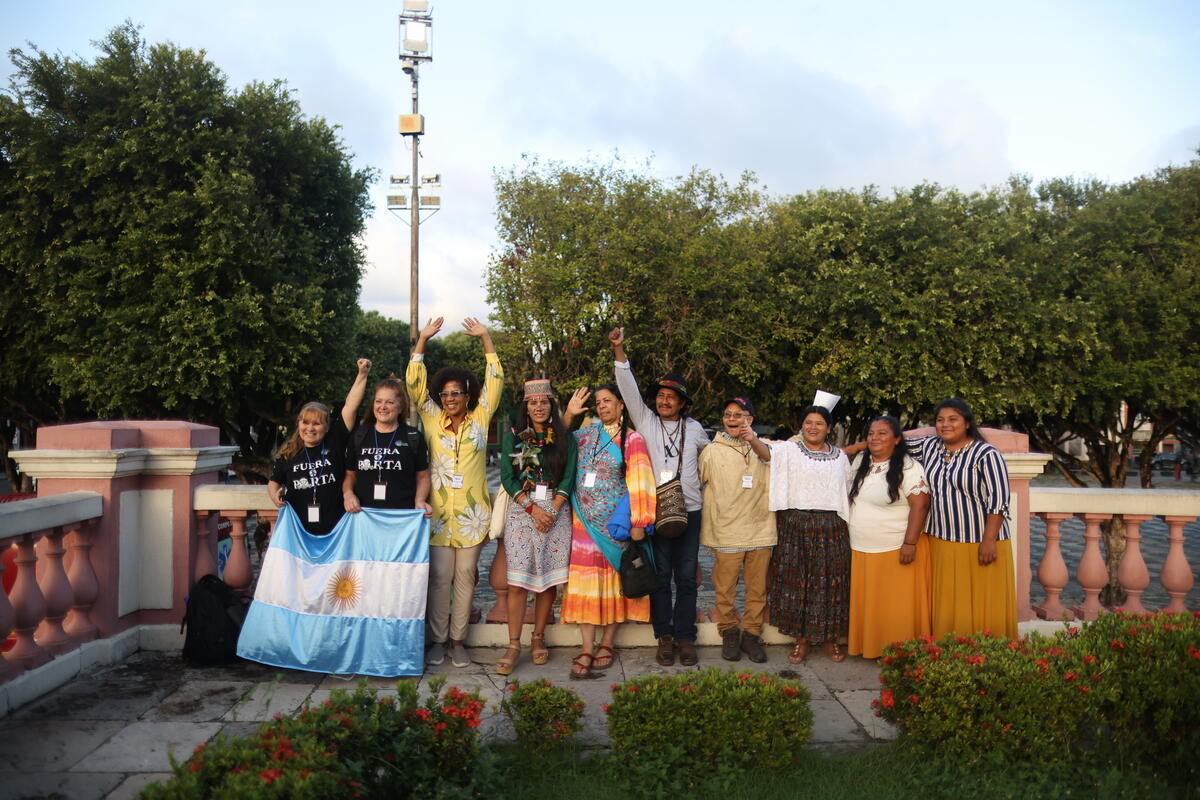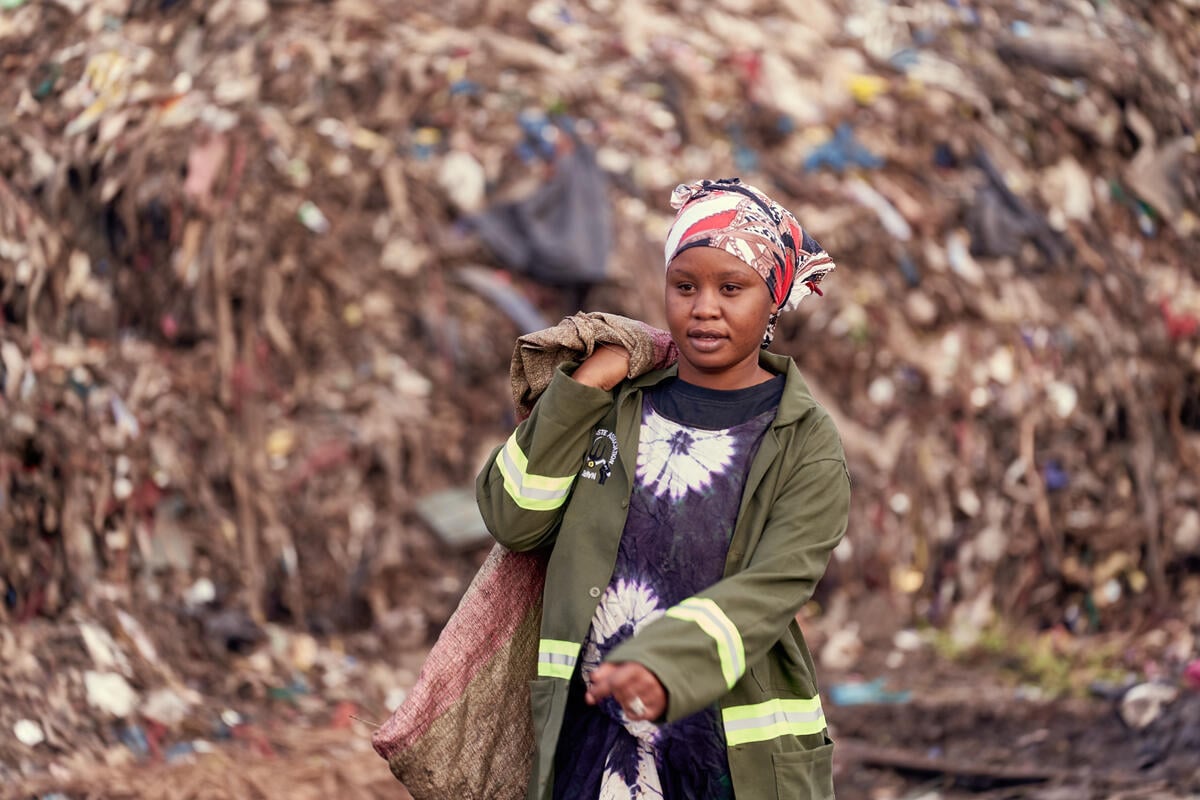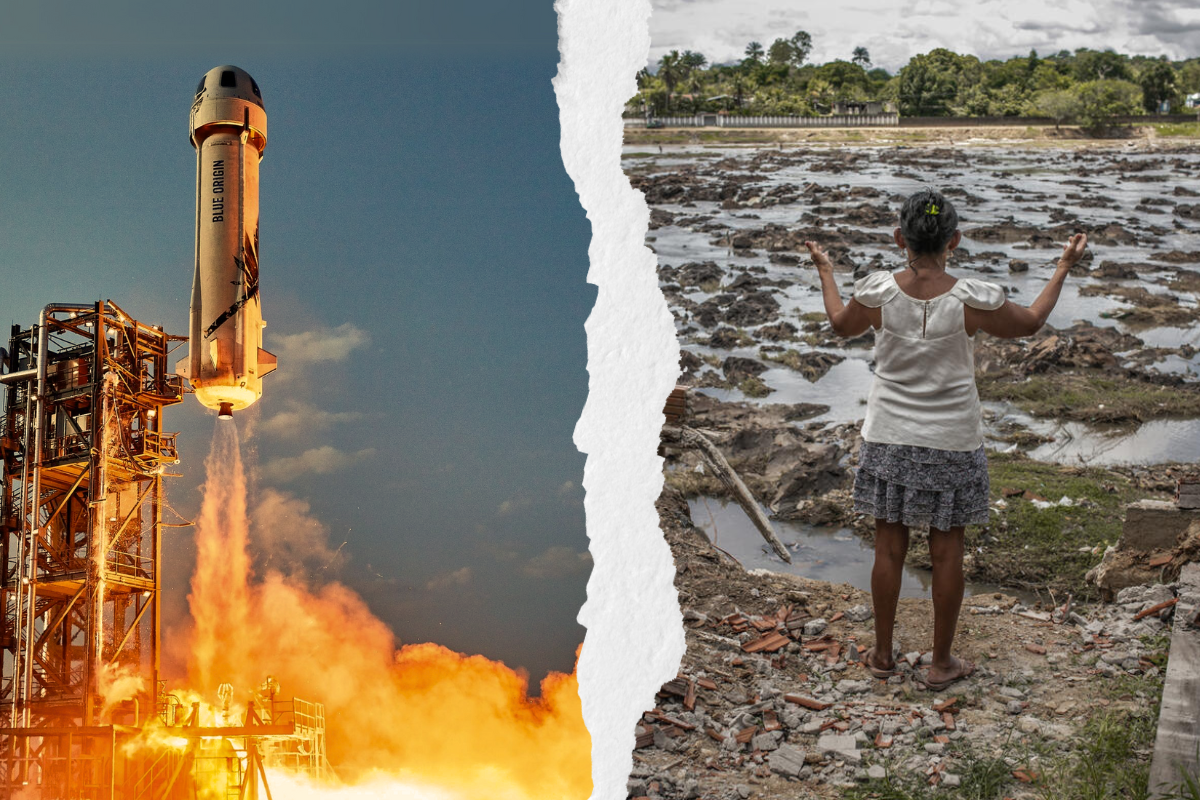Greenpeace International has commissioned a new investigation that delves even further into the hazardous chemicals used in the production of high street fashion, going beyond previous investigations in China and Mexico. This latest report builds on the Detox campaign’s work, which reveals how textile manufacturing is a major contributor to water pollution in the Global South.
Our research focuses on a large textiles facility in Indonesia, where we found that a wide range of hazardous substances is being discharged directly into the Citarum River. The responsible facility is PT Gistex, located near Bandung in West Java – where the modern textile industry is concentrated – with 60% of production located in the Citarum River watershed. This factory undertakes polyester weaving and wet processing such as dyeing, printing, and finishing of polyester.
Greenpeace collected samples of wastewater discharged from the PT Gistex facility via three outfalls in May 2012. A diverse range of chemicals was identified in the samples, many with known hazardous properties. Some examples are toxic to aquatic life, while others are persistent pollutants, which means they will remain in the environment long after their release.
Greenpeace International investigations uncovered that several global fashion brands have had a business relationship with at least one part of PT Gistex Group, the company associated with the polluting facility (PT Gistex Textile Division) in Indonesia. To help solve the problem of hazardous chemicals contamination, transparency of information between suppliers and brands – as well as full supplier engagement through hazardous substance use inventories – is essential. Corporate and governmental policies to eliminate the releases of hazardous substances, and their substitution with safer alternatives, need to be enforced.
Download Toxic Threads: Polluting Paradise [PDF]
Download the accompanying Technical Report [PDF], prepared by the Greenpeace Research Laboratories.



